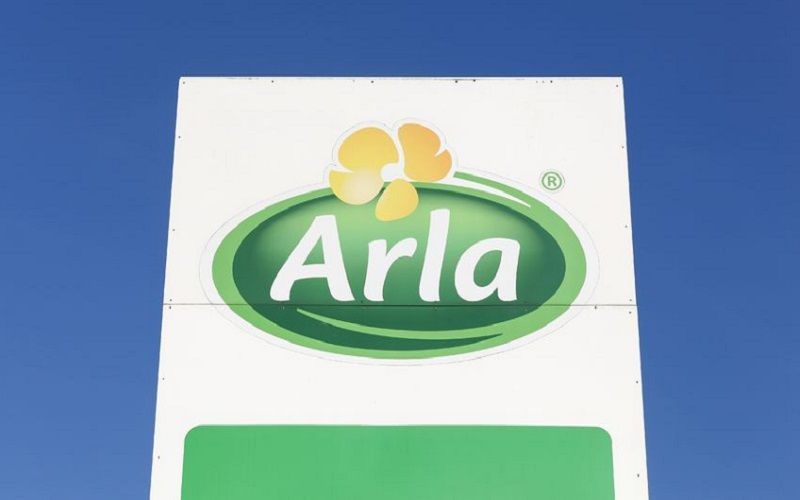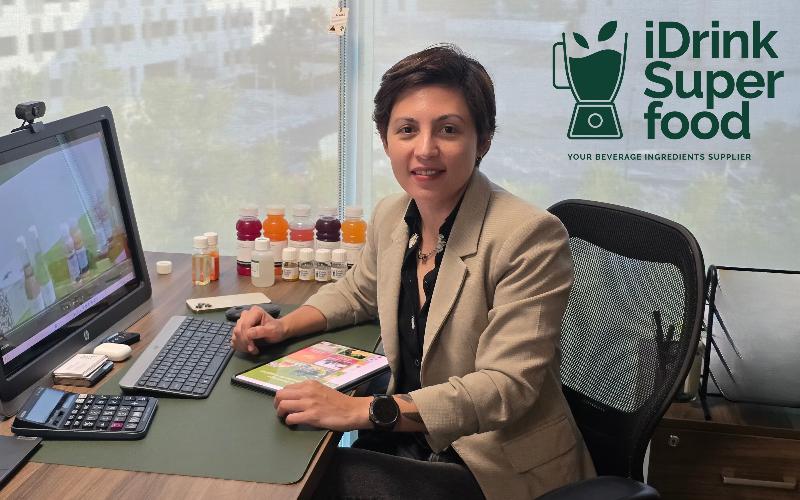Arla reduces milk purchase price by 1.75 pence per liter in October due to surplus supply

The price for organic milk will remain unchanged at 57.95 pence per liter. An additional currency adjustment will result in only a minor increase of 0.09 pence per liter.
Arla indicated that the decision reflects broader market trends: milk production is increasing both globally and within the European Union, while retail sales remain stable.
"The balance between supply and demand is shifting. Milk volumes continue to rise, putting pressure on prices," said the cooperative's press office.
After a volatile summer in 2025, dairy commodity prices began to decline as supply outpaced demand.
Industry analysts note that this reduction highlights the fragility of milk purchase prices, which are highly sensitive to even minor market fluctuations.
For farmers already facing rising costs, the October price reduction places additional pressure on profitability.
Arla's decision is not isolated. The cooperative First Milk also confirmed a price reduction for milk in November 2025 by 2 pence per liter, down to 41.85 pence per liter (including a premium for members). The reason cited is the demand-supply imbalance in the market.
Processor Muller announced that from November 1, 2025, suppliers under the Muller Advantage program will receive 41.50 pence per liter, which is 1.25 pence less than in September.
The price reductions by the three largest players — Arla, First Milk, and Muller — underscore the increasing pressure on UK dairy producers as the winter season approaches.
Experts warn that with the current pace of production growth and weak consumer demand, the sector may face a new round of price corrections, intensifying financial risks for farming enterprises.











